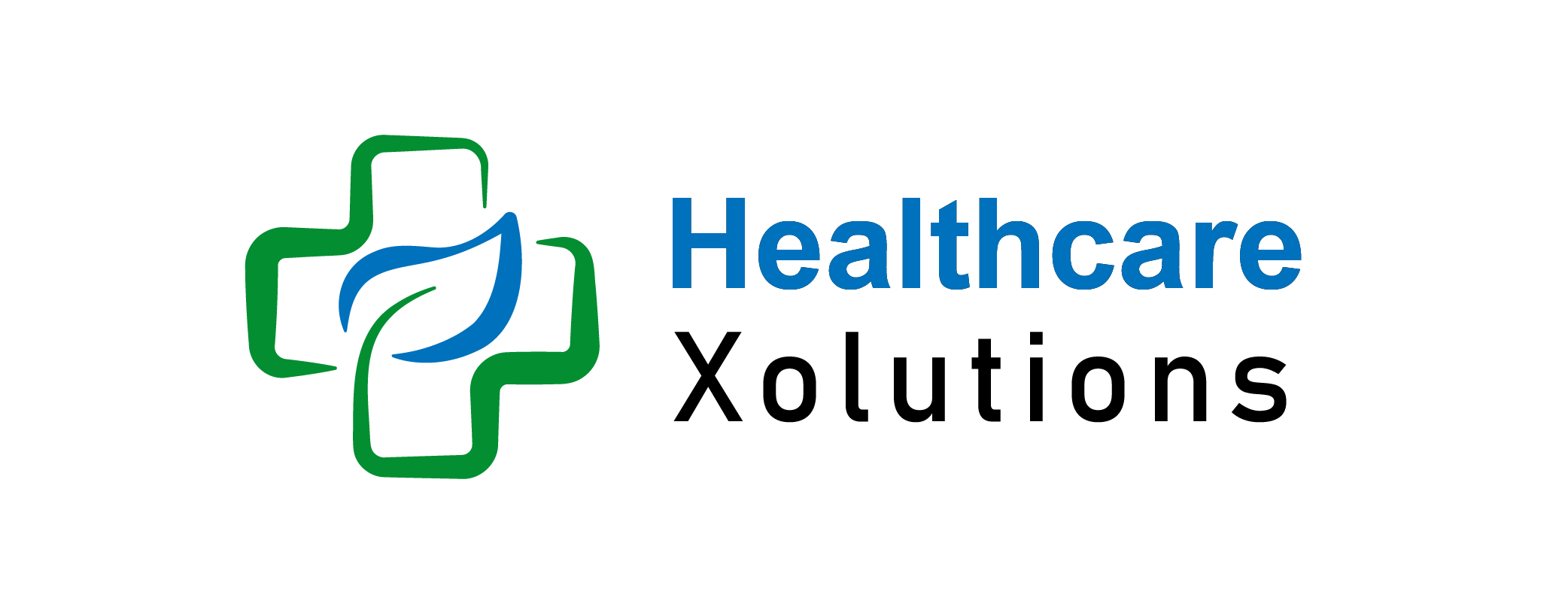How To Compare Out-of-Pocket Maximums In Health Insurance Plans?

Choosing a health insurance plan involves comparing multiple factors, but out-of-pocket maximums (OOPM) are among the most important. The OOPM determines the most you will pay for covered healthcare services in a year before your insurance covers 100% of remaining expenses.
With healthcare costs rising by 4.5% in 2023, understanding how to compare out-of-pocket maximums in health insurance plans can help you select affordable and comprehensive coverage that fits your financial and medical needs.
Key Takeaways:
- Lower OOPM = More predictable costs, but higher premiums.
- Plan tiers (Bronze, Silver, Gold, Platinum) affect OOPM and cost-sharing.
- Review covered services and network restrictions before selecting a plan.
- Prescription drug costs can contribute to OOPM—always check the formulary.
- Family plans have individual & family OOPMs, which impact costs differently.
- Out-of-network expenses usually don’t count toward OOPM.
Table of Contents
What Is an Out-of-Pocket Maximum?
The out-of-pocket maximum (OOPM) is the highest amount you will pay for covered medical services in a policy year. Once you reach this limit, your insurance covers 100% of covered expenses for the remainder of the year.
Out-of-Pocket Maximum Example:
If your plan has an OOPM of $8,000, once you pay that amount in deductibles, copayments, and coinsurance, your insurance covers all remaining covered costs for the rest of the year.
OOPM does NOT include:
- Monthly premiums
- Out-of-network care
- Non-covered services
How To Compare Out-Of-Pocket Maximums In Health Insurance Plans?
1. Plan Types and Metal Tiers:
Health insurance plans under the Affordable Care Act (ACA) are categorized into Bronze, Silver, Gold, and Platinum tiers, each with different cost-sharing structures:
| Plan Type | Premiums | Out-of-Pocket Costs | Out-of-Pocket Maximum (OOPM) |
|---|---|---|---|
| Bronze | Low | High | High |
| Silver | Moderate | Moderate | Medium |
| Gold | High | Low | Lower |
| Platinum | Highest | Lowest | Lowest |
Tip: If you require frequent medical care, a Gold or Platinum plan (lower OOPM) might save you more overall, despite higher premiums.
2. Premium vs. Out-of-Pocket Maximum:
- Low-premium plans often have higher out-of-pocket costs (higher OOPM).
- High-premium plans usually have lower OOPM, offering better cost protection for frequent healthcare needs.
Ask yourself:
- How much is health insurance a month for a single person?
- Costs vary by plan, state, and subsidies, but marketplace plans average $450/month without subsidies.
- How much does it cost to buy health insurance on your own?
- Private plans range from $200 to $700+ per month, depending on coverage level and OOPM.
3. Deductible vs. Out-of-Pocket Maximum:
| Feature | Deductible | Out-of-Pocket Maximum (OOPM) |
|---|---|---|
| Definition | Amount paid before insurance starts covering certain costs. | Maximum amount paid before insurance covers 100% of covered services. |
| Includes | Only applies to specific services before coverage starts. | Includes deductible, copayments, and coinsurance. |
| When is it met? | Varies based on healthcare usage. | Once the total payments reach the OOPM limit. |
| Resets | Annually | Annually |
| What happens after it’s met? | Insurance starts covering some costs, but you may still owe copays and coinsurance. | Insurance covers 100% of covered medical expenses for the rest of the year. |
Out-of-Pocket Maximum vs. Deductible Example:
- Plan A: $2,000 deductible, $7,000 OOPM
- Plan B: $1,000 deductible, $6,500 OOPM
- Plan C: $5,000 deductible, $8,500 OOPM
If you anticipate frequent medical visits, a lower deductible and OOPM may be cost-effective.
4. Prescription Drug Coverage:
Some plans have a separate prescription drug deductible that counts toward OOPM. Always check:
- Is your medication covered?
- How much do you pay before reaching OOPM?
5. Family vs. Individual OOPM:
- Individual OOPM applies per person.
- Family OOPM applies once the total family’s expenses reach the set limit.
Example:
- Individual OOPM: $8,000
- Family OOPM: $16,000 (insurance covers all family members after this is reached).
6. In-Network vs. Out-of-Network Costs:
- In-network services count toward OOPM.
- Out-of-network costs typically do NOT count, meaning you could still owe additional expenses.
How To Compare Out-of-Pocket Maximums Effectively?
- Step 1: Gather Available Plans – Check employer plans, ACA marketplace, and private insurers.
- Step 2: Compare OOPMs – Identify the OOPM for each plan.
- Step 3: Analyze Premiums & Deductibles – Consider monthly costs vs. potential out-of-pocket spending.
- Step 4: Review Coverage Benefits – Ensure essential services & medications are covered.
- Step 5: Consider Your Healthcare Needs – frequent medical care leads towards the lower out-of-pocket maximums.
- Step 6: Use Online Tools – Many insurance providers offer cost calculators for better comparisons.
Conclusion:
Understanding how to compare out-of-pocket maximums across health insurance plans is key to balancing costs and coverage. If you need frequent medical care: Choose a lower OOPM (Gold/Platinum plan). If you want lower premiums: Be prepared for higher OOPM costs (Bronze plan). By evaluating premiums, deductibles, network restrictions, and prescription coverage, you can make a well-informed decision for your health and financial security.
FAQs:
What happens after out-of-pocket maximum is met?
Your insurance covers 100% of covered medical expenses for the rest of the year.
Can my OOPM reset during the year?
No, it resets annually (typically January 1st).
Do all health plans have an OOPM?
Yes, all ACA-compliant plans have an OOPM, but the limit varies.
What is a good out-of-pocket maximum?
1. Under $4,000 → Ideal for frequent healthcare users.
2. $5,000–$8,000 → Balanced for most individuals.
3. Above $8,500 → Riskier, better for those with low medical needs.
Are prescription drug costs included in my OOPM?
Some plans include them, others have a separate deductible. Always check policy details.
